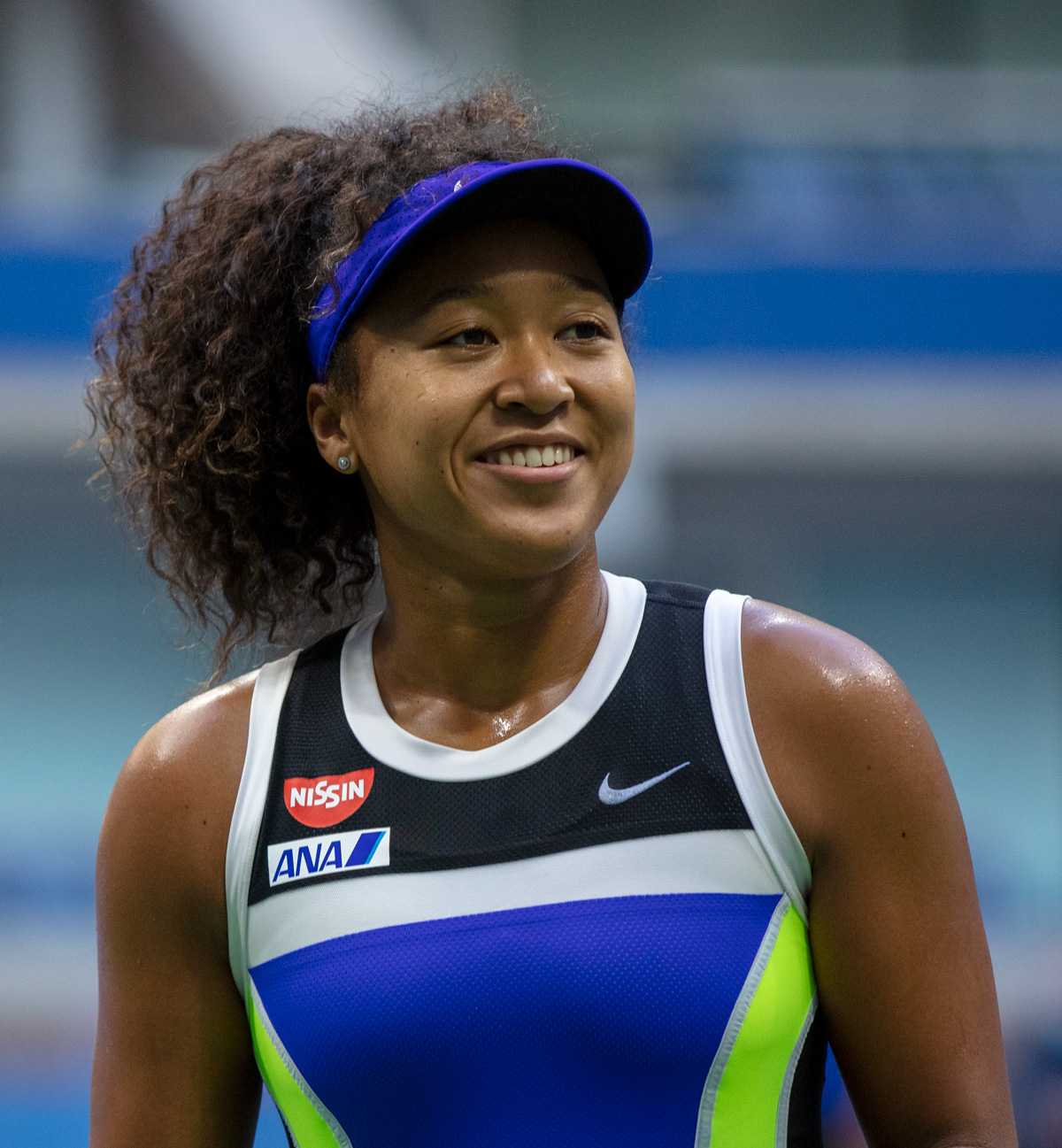Issue:
November 2021
Criticism of their role in the mental health of elite athletes has reporters treading a fine line

Naomi Osaka’s battle with the media has raised more questions than answers. After one journalist decided to raise the obvious question when Osaka attended a press conference in August, he was attacked. When, at a virtual press conference, the Cincinnati Enquirer’s veteran columnist Paul Daugherty asked the question so many other journalists have been dying to ask – How do you reconcile your dislike of dealing with the media at tournaments with using the media to promote products and causes? - he was slapped down by the tennis star’s agent.
In a statement, IMG Senior Vice President Stuart Duguid said: “The bully at the Cincinnati Enquirer is the epitome of why player/media relations are so fraught right now. Everyone on that Zoom will agree that his tone was all wrong and his sole purpose was to intimidate. Really appalling behavior.”
It was a bizarre overreaction for two distinct reasons. One, in no way was Daugherty’s questioning out of line, offensive or aggressive, either in content or in tone as Duguid suggested. Secondly, Osaka was fine with the question as her immediate response showed:
“That’s interesting. I would say the occasion, like when to do the press conferences is what I feel is the most difficult, but, sorry I’m thinking ….”
At this point, the tournament’s press officer stepped in to give Osaka the opportunity to move past the question, but the tennis star’s response was equally surprising:
“I’m actually very interested in that point of view,” she said. “I feel like this is something that I can’t really speak for everybody, I can only speak for myself, but ever since I was younger, I’ve had a lot of media interest on me and I think it’s because of my background as well as, you know, how I play. Because in the first place I’m a tennis player, that’s why a lot of people are interested in me.
“So I would say in that regard I’m quite different to a lot of people, and I can’t really help that there are some things that I tweet or some things that I say that kind of create a lot of news articles or things like that, and I know that it’s because I’ve won a couple grand slams and I’ve gotten to do a lot of press conferences that these things happen. But I would also say like, I’m not really sure how to balance the two. I’m figuring it out at the same time as you are, I would say.”
She addressed the elephant in the room, calmly, thoughtfully and rationally. However, she then got a little emotional and the press conference was halted for a short time. This gave the tabloid press the opportunity to print such ludicrous headlines as “Naomi Breaks Down in Tears” when it was clear that she hadn’t. She had just wiped her eyes a couple of times and took a short break.
How did the “bully” in question respond? Like any good columnist, he wrote a column, titled “Naomi Osaka is honest, thoughtful and could help many other athletes.” The cad!
It was actually a reasoned and sensible response in which he described Osaka’s answer as “honest, thoughtful … and unlike any answer I’ve ever gotten in 34 years covering sports in Cincinnati.” He went on: “Osaka didn’t ask to be a spokesperson for mental health or a vocal and visible fighter for racial justice. But she accepted both roles. Problem is, she’s not built for either. She’s an introvert whose tennis success has put her high atop a public platform. It’s all she can do to avoid vertigo. Osaka made plain in Paris that pro athletes deal with the same stresses the rest of us do. She’s very human and doesn’t mind showing it. Who knows how many more jocks are just like Naomi Osaka? With her help, maybe we’ll begin to find out.”
Quite clearly the bully in this case was IMG’s Duguid, another agent who appears to have an overbearing sense of self-importance. A similar occurrence took place at the FCCJ many years ago when Mao Asada made her first appearance at the Club. Asada was 16 at the time and her agent – from IMG – not only sat next to her at the press conference, but attempted to answer all her questions. He was the only person in the room who didn’t realize how embarrassing it was.
Osaka has stirred up a debate on mental health, as this was the reason she gave for skipping press conferences. Clearly, she wears her heart on her sleeve, but if IMG had been doing their job properly with Osaka, who is an adult at 23, they would have given her the tools to deal with press conferences. It’s not rocket science. The star controls the press conference, not the other way around. If Osaka needs any lessons on how to handle journalists, she only needs to consult Martina Navratilova, who would crucify any journalist who asked a stupid or inappropriate question. Yes, she got me once – it was all a misunderstanding – but it helped me as a journalist.
Daugherty should be praised for having the guts to ask the question and for expanding the debate. The media are there to raise issues and create debates. Those who want to shut them down for doing their job are the ones who should be under fire.
Fred Varcoe is a British freelance journalist. He was formerly sports editor of The Japan Times and Metropolis magazine, and has written on sports, music, cars and other topics for The Daily Telegraph, the Daily Mail, Billboard, Automobile Year, Reuters, the Japan Football Association, the International Volleyball Association and various websites.

